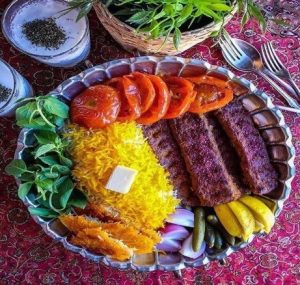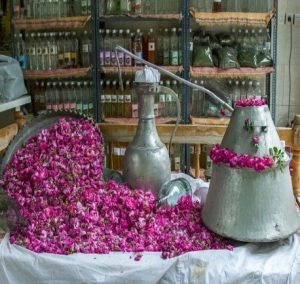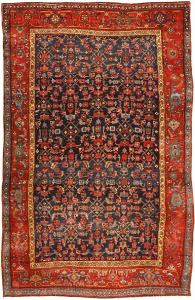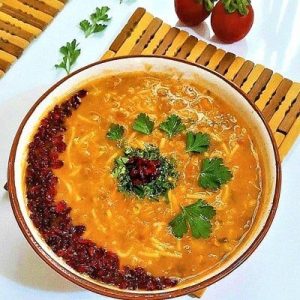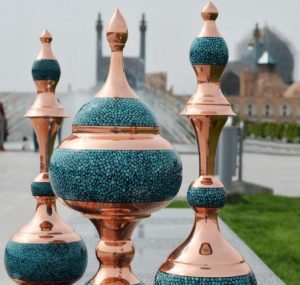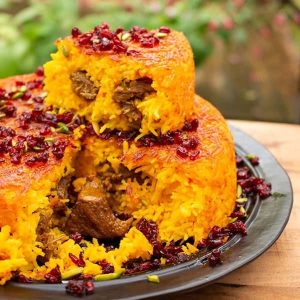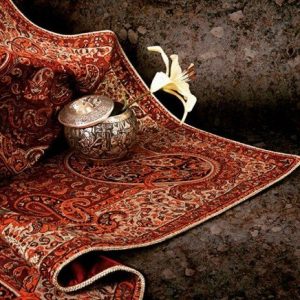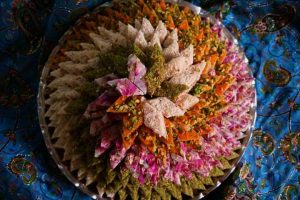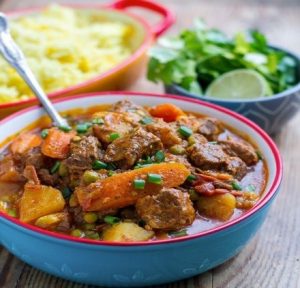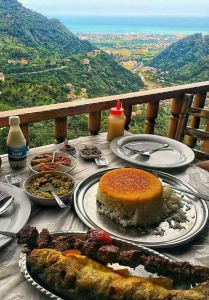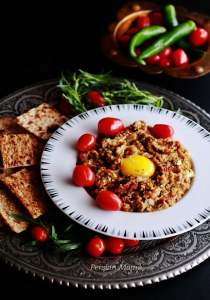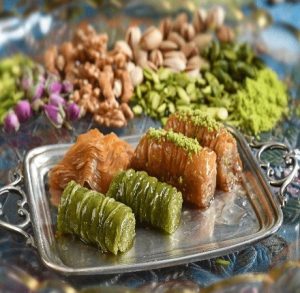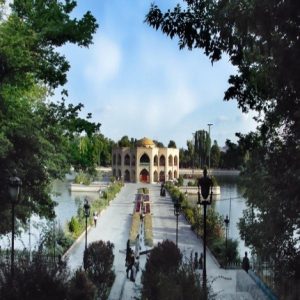TEHRAN
Day 2
To Succulent pieces of lamb or chicken kebabs cooked over charcoal and piled high onto mounds of buttery rice are one of the cornerstones of Iranian cuisine. Served with grilled tomatoes, strained yoghurt, fresh herbs and crunchy sour pickles, Chelow kabab is found on practically every street corner and restaurant in Iran. For a high-end version, visit Shandiz restaurant in Tehran. Their grilled lamb chops topped with tangy sumac are unmatched for richness and flavor.
Accommodation: Hotel (Night/ Tehran)
Meals: Breakfast
TEHRAN-KASHAN
Day 3
The rose is indigenous to Iran and the country was the first place in the world to distil its petals to make rose water over 2,500 years ago. Each spring, the town of Kashan has an annual rose festival where you can watch Rosewater being made, from the harvesting of the flowers, to the steaming of the petals. During the festival the whole town erupts in a cacophony of colour and scent and there is nothing better than taking a moment to rest in shade of the afternoon sun with a bowl of Faloodeh, a sweet and tangy sorbet made with rosewater, rice vermicelli and lime juice.
Accommodation: Hotel (Night/ Kashan)
Meals: Breakfast.
KASHAN
Day 4
Beautiful Kashan carpet has been crafted since the 17th century during the Safavid dynasty, with many scholars believing that some of the smaller silk designs date back to the early 16th century. Kashan was a holiday retreat for many of the rulers of the Safavid era, benefiting from stunning architecture and the city is renowned for its stunning holiday homes. The Carpets made in Kashan are often instantly recognizable and are among the most beautiful and famous of all Persian carpets. For many, when they think of a Persian carpet, the image they see in their head is that of the traditional Kashan carpet with central medallion on a red field with navy and ivory borders.
Accommodation: Hotel (Night/Kashan)
Meals: Breakfast
KASHAN-ISFAHAN
Day 5
Soups are an intrinsic part of Persian cuisine, so much so that the Farsi word for cook is Ashpaz, which means “soup-maker.” Aash Reshteh is a hearty soup packed with legumes, fresh herbs and noodles and is often served with a generous drizzle of Kashk, an umami flavored fermented whey which tastes somewhere in between parmesan and goat’s cheese. My favourite place to eat it is amid the blossoming trees and trickling fountains of the walled garden of the Abbasi Hotel in Isfahan, a 300-year-old former roadside inn which is reportedly the world’s oldest hotel.
Turquoise Inlaying is one of the most famous handicrafts in Isfahan Goldsmith includes the making and preparation of the object intended for Turquoise Inlaying. This is done by a goldsmith using hands, press machine or both. After the object is formed generally, the part to be turquoise inlaid is demarked and a thin metal strand. The turquoise inlayer buys waste turquoise chips from turquoise forming workshops or turquoise mines in Mashhad, Nishapur or Damghan. Then, the turquoise chips are graded based on their sizes so the right size turquoise chips are used in making each Turquoise Inlaying object in proportion to the surface area. In the next step, the object is heated (to about 30oC) and, while heating, a “walnut lac” is sprinkled onto the parts that have to be turquoise laid so that the lac powder is almost melted and covers the intended surface. Minakari or Enameling is the art of painting, coloring and ornamenting the surface of metals by fusing over it brilliant colors that are decorated in an intricate design. The Iranian craftsmen of Sasanian era invented this art and Mongols spreader it to India and other countries. The paintings or patterns used for enamel works in Iran are traditional designs depending on the taste and preferences of the artist. In the Iranian version of enameling, copper and silver are the most dominant metals used. There are also special tools used in this ancient artistic endeavor such as furnace, pliers, press machine, brush and so on. Moaragh means patches, fragments and streaks of veins, and they are basically a veil of veneers. But the concept of wood mosaic is the creation of robes that combine wood and other materials such as fiber, clay, metal, oysters on the basis of wood or polyester paint.
Accommodation: Hotel (Night/ Isfahan)
Meals: Breakfast
ISFAHAN-SHIRAZ
Day 6
Tahdig, the crunchy, buttery rice crust that forms at the bottom of the pot that rice is cooked in is prized in Iran and Tah Chin is a dish that encapsulates everything that is great about it. Rice is first mixed with yoghurt, egg yolks and saffron and then layered with spiced chicken or lamb and baked until its forms a golden crust. The dish is then turned upside down and served like a cake, from which you cut yourself a very generous slice. Tah Chin is found in restaurants throughout the city of Shiraz, where it considered something of a specialty. Masghati is a soft and transparent confection in Iran made with rose water, starch, sugar and water. Along with koloocheh, it is a tradition of Norouz New Year celebrations. Pistachio, Saffron and Cardamom can also be used to make the Masghati. It is produced in Fars province, particularly in Larestan county and Shiraz. The Masghati which is produced in Larestan is called Masghati Lari that is more viscose and sweeter than the Shirazi one Khatam Kari is an ancient Persian technique of inlaying. It is a version of marquetry where art forms are made by decorating the surface of wooden articles with delicate pieces of wood, bone and metal precisely-cut intricate geometric patterns. Khatam-Kari or Khatam-Bandi refers to the art of crafting a khatam. In Persian wood marquetry is known as “Monabat Kari” rooted from Nabat which means plant. Wood marquetry is called to an embossed design and carving on wood. Designs used in this art are often included Arabesque, Cathay and human & amp; animal figures.
Accommodation: Hotel (Night/ Shiraz)
Meals: Breakfast
SHIRAZ-YAZD
Day 7
The enchanting city of Yazd is a historic mud-brick town on a plateau between the country’s two largest deserts. It is famous for its badgirs (wind catchers), ancient Zoroastrian temples and glorious selection of bite-sized pastries known as Shirini Yazdi (Yazdi sweets). Patisseries throughout the city stock an assortment of these sugary treats, from almond baklavas, to cupcakes made cardamom and pistachios and Ghotab, a local delicacy of deep fried doughnuts filled with ground almonds. Yazd is a premier Daraie-weaving center in Iran, which is a kind of soft silk fabric with gorgeous-colored diamond shapes on it. The warps are always dyed before weaving. As the weaver makes the fabric, the colors and designs gradually appear. Daraie was made of natural silk in the past, but nowadays viscose is usually used. Termeh is a gorgeous silk fabric whose warp is silk thread and its pick is colorful silk, cotton and woolen threads. In olden days, people made Termeh by hand, because of which Termeh was known as “finger-woven fabric”. This gorgeous soft fabric is world famous for its patterns, especially an aigrette-like design (Boteh), tuft-like design (Jegheh), hart’s horn design (Shakh-e Gavazni) and rose-like design (Gol-e Mohammadi). The city of Yazd is renowned for its 400-year old industry of Termeh weaving. Pottery and Ceramics the oldest handmade artwork, has a 6,000-year-old history in Iran. Local people call the earthenware ‘Kevareh’, which is made of clay. The earthenware is world famous for its designs, especially “fish”, “the lady sun” and “the hen”. Meybod is a prominent pottery-producing center in Yazd province. Giveh Making is a type of traditional Iranian shoes that are very comfortable and suit Iranian climates (especially its dry climate). It is made of cotton threads which let the air in and cool the feet. The best type of Giveh is called ‘Maleki’. It comes in colors like black, brown and mostly white. The upper part of Giveh is prepared by women while the sole is made by men.
Accommodation: Hotel (Night/ Yazd)
Meals: Breakfast
YAZD-TEHRAN
Day 8
This Rustic Lamb, chickpea and potato stew is slow-cooked in a clay pot over a fire for several hours until the meat is so tender you can mash it into a paste with your fork. Small cafés and restaurants all over town cook dizi for lunch and dinner and serve it warm flatbreads that you shred into small pieces at the table and place in your clay pot to soak up the meaty broth.
Accommodation: Hotel (Night/ Tehran)
Meals: Breakfast
TEHRAN MASULEH
Day 9
A visit to the thousand-year-old village of Masuleh, set in the foothills of Gilan, takes one back in time to the traditions of rural Iran and the simple agrarian life that used to dominate most of the country. It is also one of the best places to sample Iran’s vegetarian cuisine, most notably the dish Mirza Ghassemi, a regional specialty of smoky auberges’, burnt over hot coals and then gently fried with tender young garlic, plump tomatoes and plenty of local olive oil.
Accommodation: homestay (Night/ masuleh)
Meals: Breakfast.
TEHRAN-MASULEH
Day 10
One of the most beautiful popular handicrafts of the province of Gilan, is Masuleh Doll, women only in Masuleh in front of the house door or on a platform near travelers and tourist’s accommodation, knit this souvenir, which is a memento from Masulehs historic city, is woven with a woolen yarn..
Accommodation: Homestay (Night/ Masuleh)
Meals: Breakfast
MASULEH-TALESH
Day 11
The lush green forests and rice paddies of Talesh, near the Caspian Sea are home to some of the most striking natural beauty in Iran and in spring and summer, Iranians flock here for hiking and camping holidays. The food of the region is as green as its landscapes, packed with herbs which adorn every meal. Torshe-Tareh is a signature dish, a tangy emerald green stew made with several kilos of spinach, dill, parsley, coriander and chives, sharpened with limes and served with poached eggs stirred through it..
Accommodation: Homestay (Night/ Talesh)
Meals: Breakfast
TALESH-TABRIZ
Day 12
Iranians love a good meatball and the city of Tabriz in the north west of the country is the best place to sample them. Here you can find an array of lamb meatballs stuffed with prunes, sour cherries, walnuts, barberries, raisins or boiled eggs in various delicious combinations. The most famous meatball of them all, Kofte Tabrizi bears the namesake of the city and has some resemblance to a large scotch egg, albeit one in a saffron and tomato sauce. Ghorabieh is one of the most famous and highly traditional sweets in Tabriz. This cookie is made of flour, sugar, vanilla, egg and there are a variety of nuts on it. Tabrizi usually use this sweet to host their special guests, and its place in ancient and religious festivals is also very special. Baqlava is the name of a delicious sweet from the countries of Turkey and Central Asia to the rest of the world. In Iran, you can taste the best Baqlava in Tabriz and create delicious moments for yourself. These sweets are also found in the restaurants of this city and showcases desserts alongside food. Baqlava is made from flour, sugar, egg and cardamom with different flavors of pistachios, coconut and almonds, and in different shapes.
Accommodation: Hotel (Night/ Tabriz)
Meals : Breakfast
TABRIZ-DEPARTURE
Day 13
Saying goodbye is never easy, but it is time to go to the airport. Iran is a kind of place that you cannot get enough of it and to appreciate its beauty thoroughly in such few days is not possible. Therefore, until next time we will have the honor to host you here in Iran take care and enjoy your flight.
Activities: Complimentary Airport Departure Transfer.


